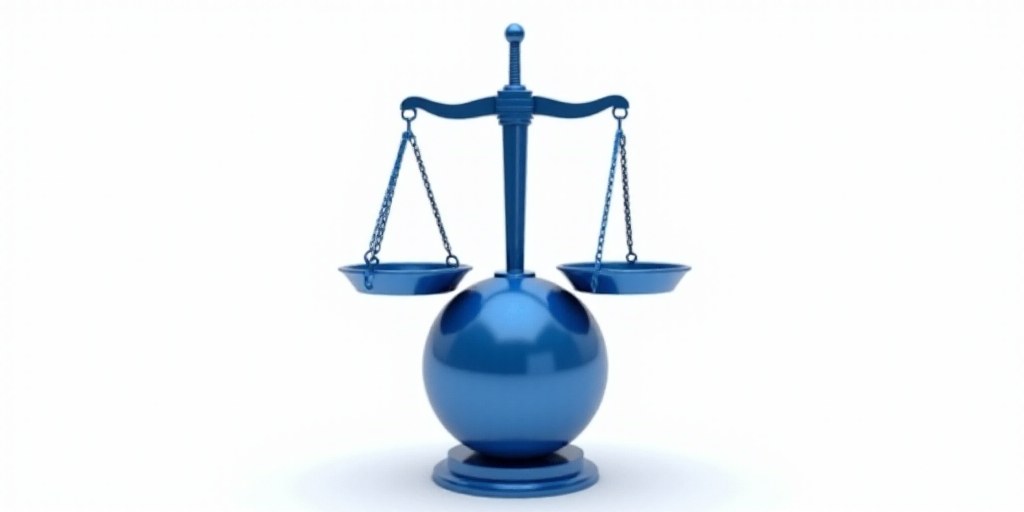Introduction
In an era of growing protectionism, defending globalization may seem like a lost cause. However, it is more crucial than ever to explain the costs of a trade war that threatens to accelerate the fragmentation of the global economy, as it is essentially a war against trade itself.
The Four Pillars of Trump’s Tariff Regime
1. Increasing Public Revenue
Supporters of President Donald Trump’s protectionist policies claim that tariffs will boost public revenue, help reduce the unsustainable U.S. budget deficit, and revitalize American manufacturing after decades of globalization.
However, it is more likely that Trump’s tariffs will raise consumer prices, weaken innovation, and undermine U.S. competitiveness.
2. Reciprocity
Proponents argue that U.S. exports often face high tariffs and taxes, while imported goods face few or no barriers upon entering the U.S. Thus, the Trump administration justifiably imposes tariffs to level the playing field for U.S. producers.
3. Protecting Domestic Industries
Supporters claim that tariffs will safeguard national industries and help restore the U.S.’s manufacturing base, which has been hollowed out by decades of free trade agreements shifting production to low-cost countries like Mexico, India, and China.
By encouraging local manufacturing, tariffs will stimulate reindustrialization and job growth.
4. Economic Rebalancing and National Security
Defenders argue that the U.S. has become dangerously reliant on fragile global supply chains for critical goods like semiconductors, food, and pharmaceuticals, posing a serious national security risk.
They believe tariffs not only address competitiveness but also enhance resilience and sovereignty.
Flaws in Tariff Arguments
These arguments largely disregard David Ricardo’s theory of comparative advantage and ignore several key economic realities.
- Increased Public Revenue: While tariffs may generate some public revenue, they also raise the cost of imported goods, disproportionately affecting low-income households with limited purchasing power.
- Reciprocity: Trump’s tariffs have triggered retaliation, especially from China, which had a $300 billion trade surplus with the U.S. in 2024. Raising prices and limiting access to foreign-made products will reduce consumer choices.
- Protecting Domestic Industries: Tariffs require substantial government subsidies to rebuild and support uncompetitive domestic industries. This approach may stifle U.S. companies’ innovation and long-term competitiveness, especially with disruptive technologies like AI reducing labor demand.
- Economic Rebalancing and National Security: The Smoot-Hawley Tariff Act of 1930, which imposed tariffs on tens of thousands of imports to the U.S., exacerbated the Great Depression by hindering trade and economic growth, delaying U.S. recovery and contributing to global instability before WWII.
Key Questions and Answers
- Q: Will tariffs increase public revenue? A: Tariffs may generate some revenue, but they also raise the cost of imported goods, disproportionately affecting low-income households and potentially reducing overall government revenue if consumers avoid imports.
- Q: Will tariffs promote reciprocity? A: Tariffs have triggered retaliation, limiting consumer access to foreign-made products and reducing choices.
- Q: Will tariffs protect domestic industries? A: Tariffs require substantial government subsidies to rebuild uncompetitive industries, potentially stifling innovation and long-term competitiveness.
- Q: Will tariffs enhance national security? A: Relying on fragile global supply chains for critical goods poses a risk, but tariffs may not be the most effective solution and could disregard the impact of emerging technologies like AI.






